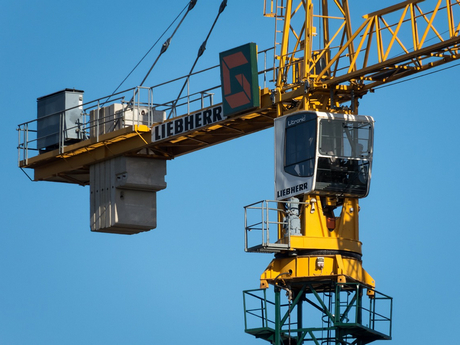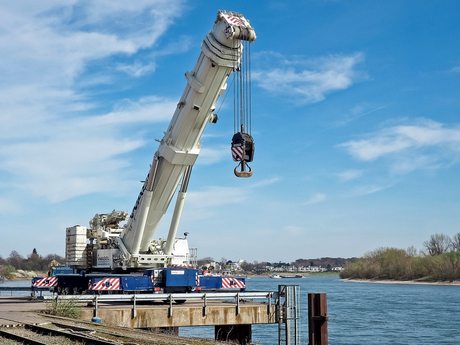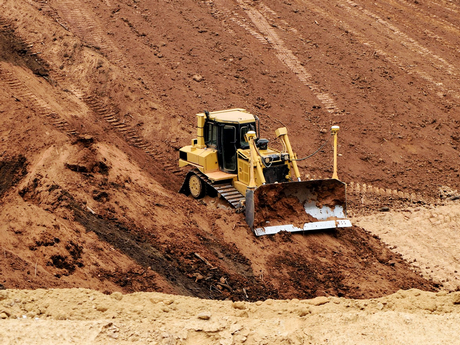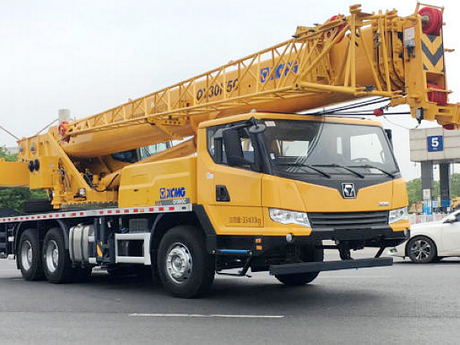|
1. Comprehensive review of the state of the reducer When checking the reducer, the primary focus on its sealing performance, to ensure that there is no oil leakage. During operation, if abnormal noise comes out from the case, it should be stopped immediately and uncovered for in-depth inspection. Common causes of failure include bearing damage, noise caused by excessive gear meshing clearance, and serious wear of the tooth surface due to long-term use. For these problems, timely repair or replacement measures need to be taken to ensure the normal operation of the reducer. 2. Detailed investigation of brake performance and condition As a key component of the crane, the performance of the brake is directly related to the accuracy and safety of each movement mechanism. Therefore, it is necessary to focus on checking the brake of the hoisting and luffing mechanism, and carefully observe the opening degree of the brake tile and the wear of the brake skin. For the belt brake, also need to pay special attention to the integrity of the brake belt steel backing to ensure that no cracks; at the same time, check the flexibility of the transmission mechanism, the integrity of the brake frame, as well as the elasticity of the main and auxiliary springs in accordance with the design requirements, in order to protect the efficient and reliable operation of the brake.
3. Meticulous inspection and record of wire rope The inspection of steel wire rope should be comprehensive and meticulous, focusing on broken wire, wear, kinking, rust and corrosion and other phenomena. For wear and tear, broken wire more serious parts, even if it has not yet reached the replacement standard, should be marked, in order to follow up key tracking re-inspection. In addition, also need to check the wire rope in the reel on the safety limiter is effective, the reel on the pressure plate is pressed and the number of moderate, in order to ensure the safe use of wire rope. 4. Pulley inspection in detail Pulley inspection should not be ignored, especially the bottom of the groove wear and cast iron pulley cracks. For the pitching mechanism of the pulley group in the balance wheel, because of its usual infrequent action, easy to be ignored, but its automatic adjustment of the left and right wire rope length and tension plays an important role. Therefore, it is necessary to check its rotational flexibility before installation to avoid increasing the difficulty and risk of working at height due to the inability of automatic adjustment after installation. 5. Strict inspection of coupling tightness and abrasion When checking each coupling, pay special attention to whether there is any looseness or even the phenomenon of “rolling key”. For the elastic pin coupling, the wear of the elastic rubber ring should be checked; while for the toothed coupling, the wear of the gear ring should be closely monitored. If there is a large offset between the two shafts due to insufficient installation accuracy, the gear ring may wear out quickly in a short time, which is especially dangerous in the hoisting mechanism and needs to be found and dealt with in time to avoid serious accidents.
|





























